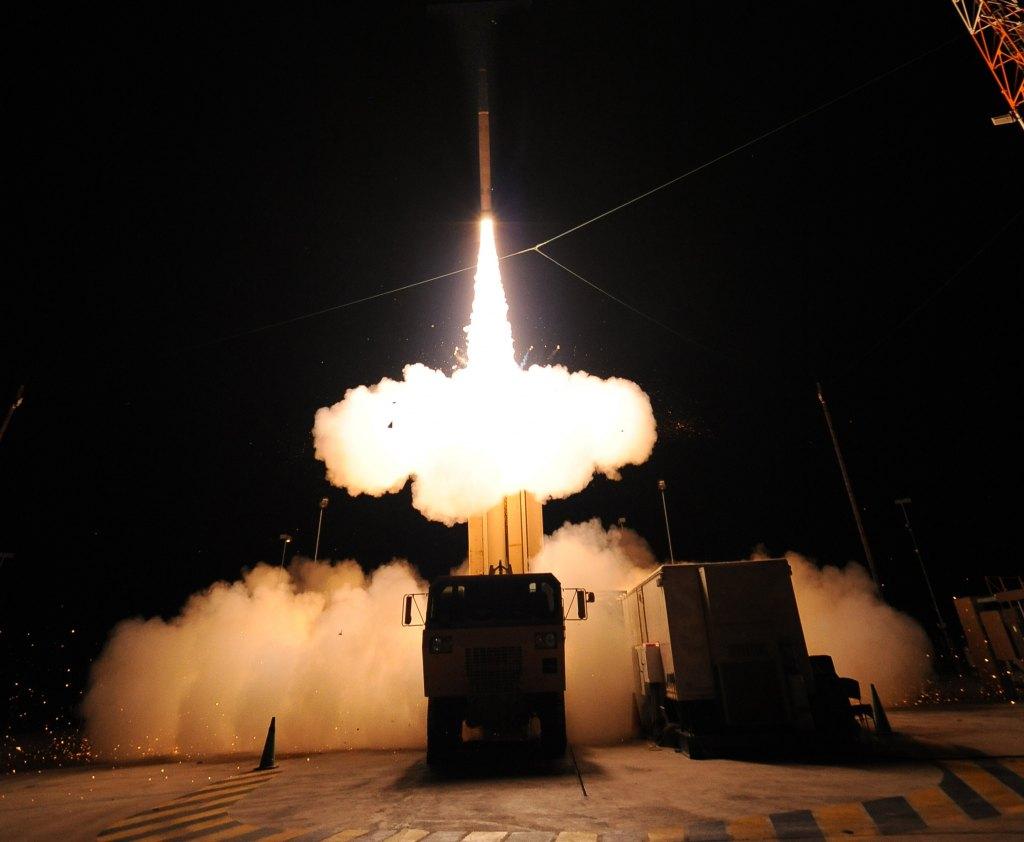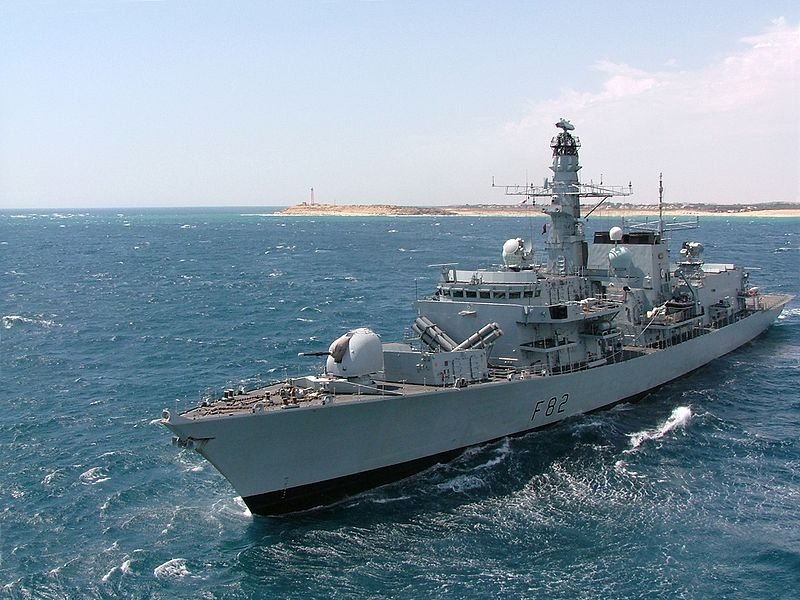The United States welcomes the strong commitment of Romania to join a growing group of allies and partners that are contributing to efforts to counter existing and emerging ballistic missile threats in the Twenty-First Century.
Today, Secretary of State Hillary Rodham Clinton and Romania’s Foreign Minister Teodor Baconschi signed the Agreement between the Government of the United States of America and the Government of Romania on the Deployment of the Ballistic Missile Defense System in Romania. This Agreement calls for the establishment and operation of a U.S. land-based SM-3 ballistic missile defense (BMD) system in Romania.
The deployment to Romania is anticipated to occur in the 2015 timeframe as part of the second phase of the European Phased Adaptive Approach (EPAA). In addition to deepening the bilateral strategic relationship between our two countries, cooperation in this area will make a substantial contribution to NATO’s collective security and will be an integral part of a NATO missile defense capability.
The EPAA will provide protection of NATO European territories and populations, including Romania, and augment protection of the United States. This Agreement is an important step in our efforts to protect from the growing threat posed by the proliferation of ballistic missiles of increasingly greater ranges, lethality, and sophistication, and potentially armed with weapons of mass destruction. The BMD interceptor site in Romania will provide a defensive capability to protect Europe and the United States against ballistic missiles launched from the Middle East.
Upon ratification by the Romanian Parliament and entry into force, the ballistic missile defense agreement will allow the United States to construct, maintain, and operate a facility encompassing the land-based SM-3 ballistic missile defense system.
Technical Aspects of the United States Ballistic Missile Defense System in Romania
In May 2011, the United States and Romania jointly selected the Deveselu Air Base near Caracal, Romania, to host a U.S. Ballistic Missile Defense System which employs the SM-3 interceptor (also referred to as the “Aegis Ashore System”). The United States will provide the Romanian Government with situational awareness into operations at the ballistic missile defense facility, which includes receiving information on ballistic missiles tracked by the missile defense system and the status of the U.S. missile defense of Europe.
- U.S. and Romanian military forces will cooperate in providing physical security for the missile defense interceptor facility.
- The site will consist of a radar deckhouse and associated Aegis command, control, and communications suite. Separately, it will house a number of launch modules containing SM-3 interceptors. The United States Government will be financially responsible for the construction of its facility and for the deployment, operations, and maintenance of its ballistic missile defense system. The United States will also be responsible for those services requested and received, such as utilities.
- Personnel can live and work safely near the Aegis radar system. The United States has safely operated the Aegis Radar Test site in Moorestown, New Jersey for over 30 years without any danger to people or the environment.
- SM-3 interceptors are for defensive purposes only and have no offensive capability. They carry no explosive warheads of any type, and rely on their kinetic energy to collide with and destroy incoming enemy ballistic missile warheads.
- The Aegis Ashore configuration of the ballistic missile defense system will be thoroughly tested at a specialized test center at the Pacific Missile Range Facility (PMRF) in Hawaii starting in 2014.
Characteristics of the United States Ballistic Missile Defense System in Romania
- The U.S. Ballistic Missile Defense site is approximately 430 acres (175 hectares) and is located within the existing Romanian Air Base at Deveselu.
- An estimated 150 to 200 military, government civilians, and support contractors will be required to operate the U.S. facility at the site.
- SM-3 Interceptors based in Romania will not be used for flight tests, and will be launched only in defense against an actual attack.
Proven Defensive Capabilities
- The Aegis Ashore ballistic missile defense system incorporates decades of reliable and effective operations of the Aegis ship-based system into its design and test program.
- The Aegis Ballistic Missile Defense System has been proven effective through repeated testing. Since 2002, the system has been successful in 22 of 27 flight tests with the SM-3 interceptor.











